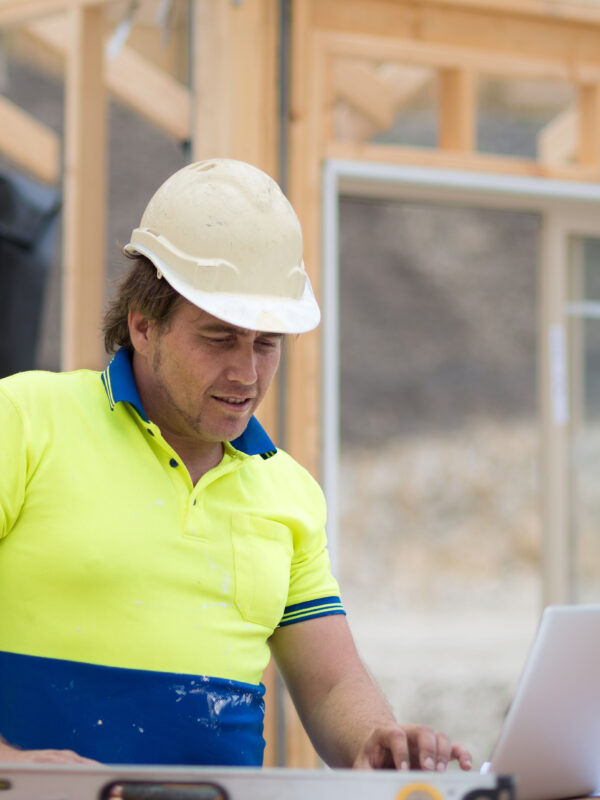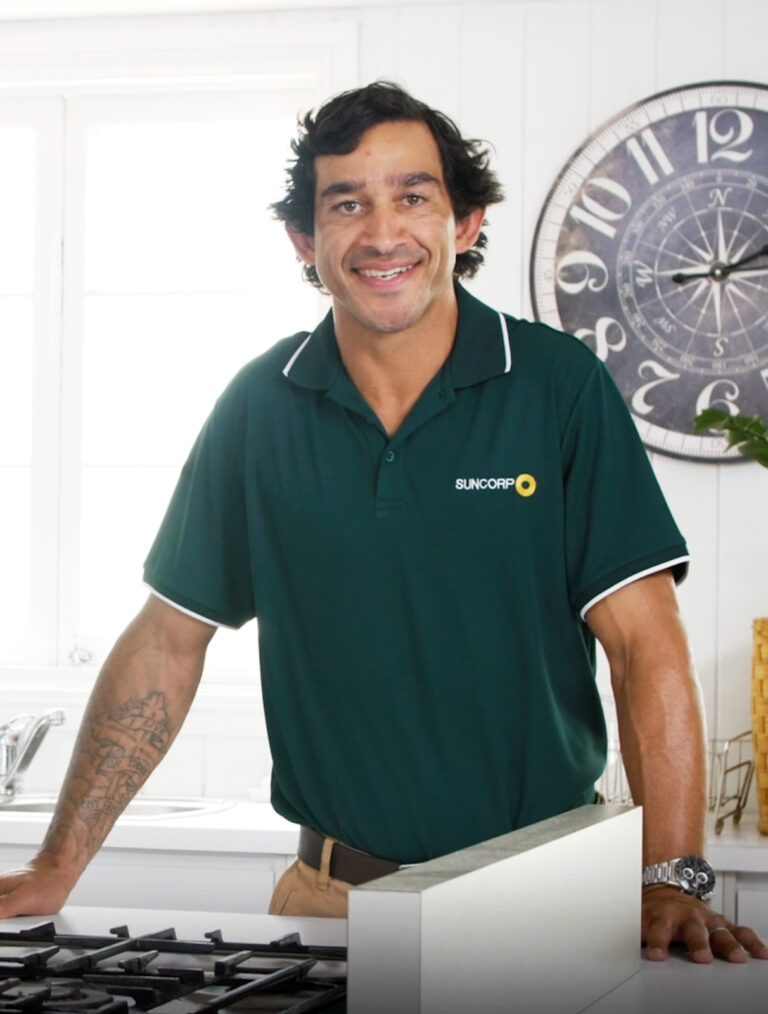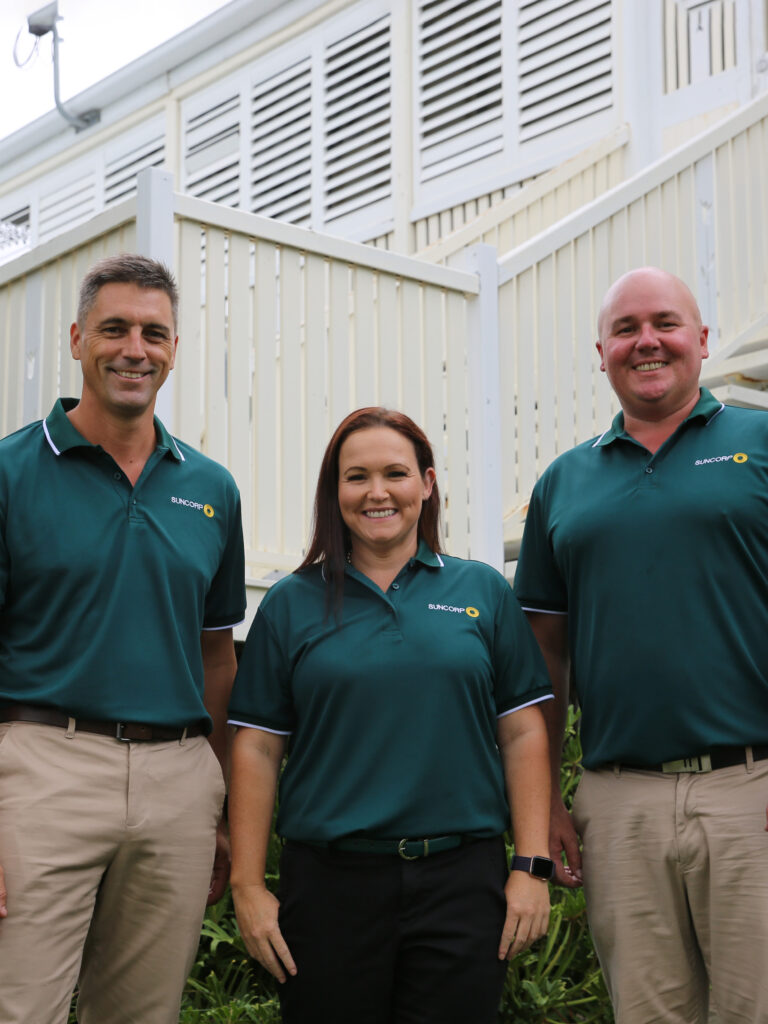
With the threat of bushfire likely to become more severe and extreme, trying to fireproof your home is more important than ever. While it can be difficult to stop a fire in its tracks as it approaches your property, conventional and emerging technology for the home has shown promising results in withstanding the embers, radiant heat and flames that may reach the house.
Here are some tips to consider from the future of bushfire-proof construction.
Do you know what your walls are made of? That knowledge may not be top of mind, but in fire-prone areas of Queensland, the materials used to construct your external walls can help save a home.
While timber has been traditionally used for centuries, it unfortunately burns in the hot dry conditions of a bushfire which can lead to cavity fire within the walls, ceiling, roof, or subfloor.
There are now modern options available. Many new homes now use material designs with non-combustible and strengthening features. A key strengthening option is a core-filled designer block, a style suitable for internal and external walls which can withhold incredible instability in case of a weather emergency.
Another option to consider is steel framing clad in autoclaved aerated concrete (AAC) which is specifically manufactured to contain many closed air pockets. Cladding your home with AAC can help make a house more energy efficient, and most importantly it can also be a fire barrier.
In fact, depending on the application and the thickness of the blocks or panels, fire ratings of up to four hours can be achieved with AAC. If renovating, consider the use of materials for external areas such as decks and stairs.
If your house is facing a bushfire, strong mesh screens may be able to halt flying embers — the most common cause of homes catching ablaze in a bushfire.
For more information, see the Queensland Reconstruction Authority’s (QRA) Bushfire Resilient Building Guidance.
Sources: https://www.westernsydney.edu.au/newscentre/news_centre/story_archive/2019/how_a_bushfire_can_destroy_a_home
https://www.thebushfirefoundation.org/how-fire-behaves/
The information is intended to be of a general nature only. Subject to any rights you may have under any law, we do not accept any legal responsibility for any loss or damage, including loss of business or profits or any other indirect loss, incurred as a result of reliance upon it – please make your own enquiries.

AUTHOR:
DATE:
From the simple to the complex, see which upgrades can help better protect your home.

Natural hazard resilience has long been a focus for Suncorp, with many other initiatives both existing and in progress. Suncorp Insurance’s Cyclone Resilience Benefit was introduced in 2016 and is available for eligible Home Insurance customers in North Queensland. Customers who undertake eligible upgrades to their home’s cyclone readiness may get a reduction on their Suncorp Home Insurance premium4.
An Australian first for Home Insurance. It’s our commitment to help create more resilient homes. It means that if your home is substantially damaged, we’ll rebuild it stronger with recommended resilience options up to $10,000, in addition to your sum insured, all designed to help withstand severe weather5.

Helping build a more resilient Queensland together.
Insurance is issued by AAI Limited ABN 48 005 297 807 (AAI) trading as Suncorp Insurance. Please read the relevant Product Disclosure Statement before buying any insurance products. The Target Market Determination is also available. The information is intended to be of a general nature only. Subject to any rights you may have under any law, we do not accept any legal responsibility for any loss or damage, including loss of business or profits or any other indirect loss, incurred as a result of reliance upon it – please make your own enquiries.
4. A premium reduction may be available to eligible Suncorp Home or Landlord Insurance customers, with properties above tropic of Capricorn, within 100km from the coast and with certain risk mitigation measures. Eligibility criteria, terms and conditions apply. Find out more.
5. Cover applies to claims with building damage over $50,000 or 10% of sum insured, whichever is highest. Resilience improvements are tiered according to level of cover up to $10,000. Limits, conditions and exclusions apply. Please read the relevant Product Disclosure Statement before you make any decision regarding this product.
COOKIE AND DATA POLICY
We use cookies and other related technologies to improve and tailor your website experience. See our Cookie and Data Policy. This policy provides information about how Suncorp collects and uses data related to your online activity, and how you can choose to remain anonymous.